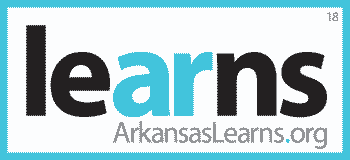The Open-Enrollment Public Charter School Facilities Loan Fund (Charter Loan Fund) created by Act 1255 of 2013 is not Facilities Funding, but a revolving loan fund.
It is also not an alternative way to fund facilities. The revolving loan fund, upon which the Charter Loan Fund is based, has been used by the State for the benefit of school districts since 1953, and can be used for the repairing of and adding to existing school facilities, and for the purchase of land for and construction of new facilities.
The supplemental funding would come from a one-time transfer of $10 million from the unobligated balances in the General Improvement Fund for a revolving loan program, not a facilities grant program.
The funding proposal provides nothing for open-enrollment public charter schools that does not already exist for traditional school districts. Furthermore, as a result, the charter revolving loan program does not take any money away from either the Partnership Program or the Public School Fund.
Just like any other time a public school might default on a debt payment, the Charter Loan Fund Act contains specific language that authorizes the Facilities Division to have the Department of Education intercept a charter school’s foundation and categorical funding and apply it to its delinquent payment.
An inequality does exist concerning the potential adequacy of public school funding for public school students, but that inequality and lack of adequacy exists for open-enrollment public charter schools and not traditional public school districts.
Open-enrollment public charter schools in the State of Arkansas are the poorest schools in the state (funded, on average, 27% below traditional public schools), have no direct facility funding assistance, and have no public school facilities provided to them by the State.
Because charters have no access to long-term financing, the Walton Family Foundation, in partnership with the Arkansas Development Finance Authority, has agreed to provide an in-kind matching contribution of $10 million to secure long-term capital bond financing for open-enrollment public charter schools of up to $50 million.
Proposed open-enrollment charters would have no access to the funds, nor could they include the possibility of access in their application, therefore, the loan fund could not materially impact applications for open-enrollment charters.
Even though the proposal would take no money from traditional public education, and would be matched by another $10 million in private funds, those organizations consistently oppositional to charters have already lined up against it.
When it comes to the best interests of students, public education shouldn’t be either/or, but all. No matter how one feels about charters, from an adequacy and equity standpoint, students at the lowest funded public schools in the state deserve the opportunity for improved facilities through the Governor’s revenue neutral supplemental appropriation.
For more information, contact Gary Newton, 501.804.2048, gnewton@arkansaslearns.org.
